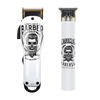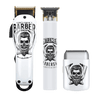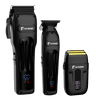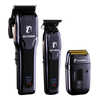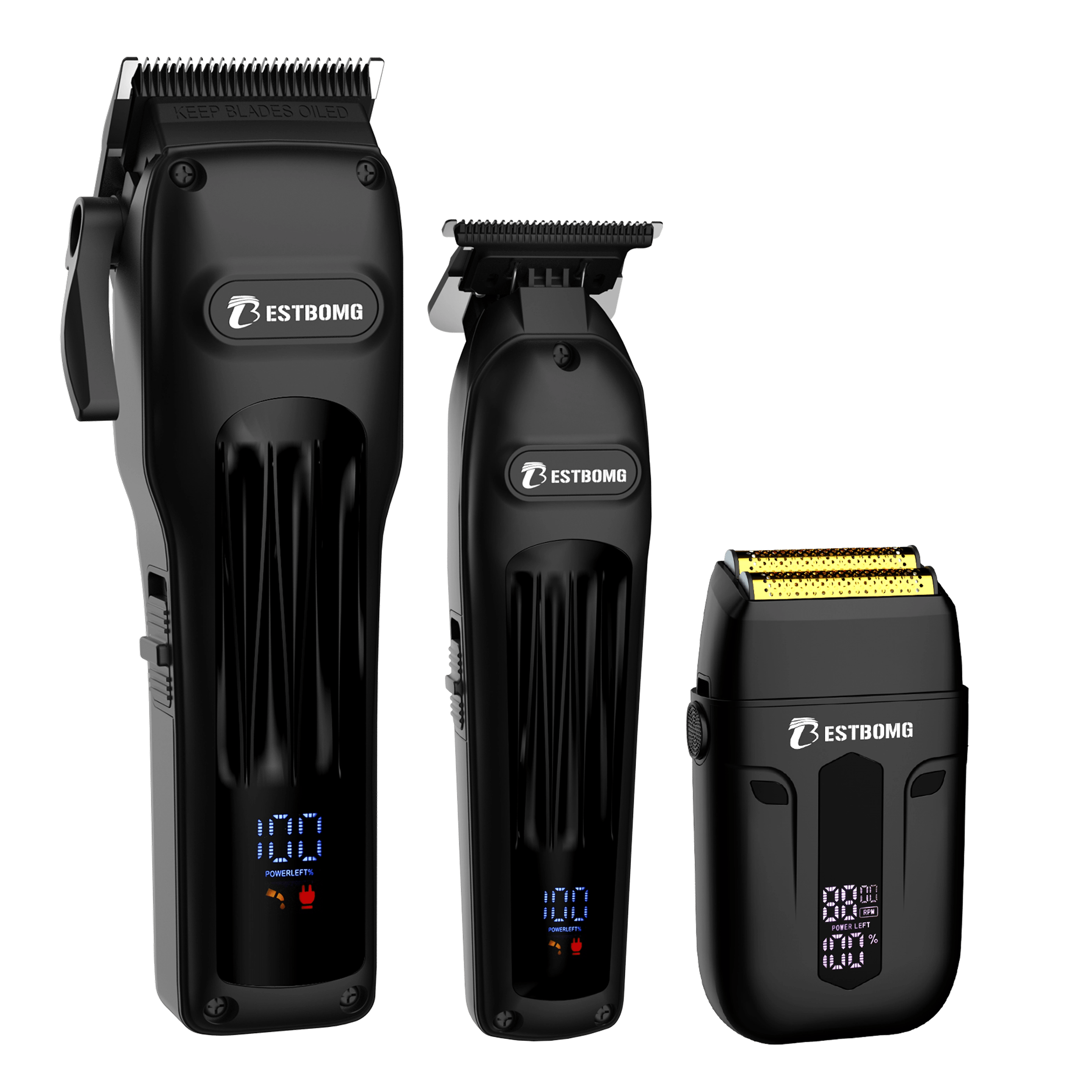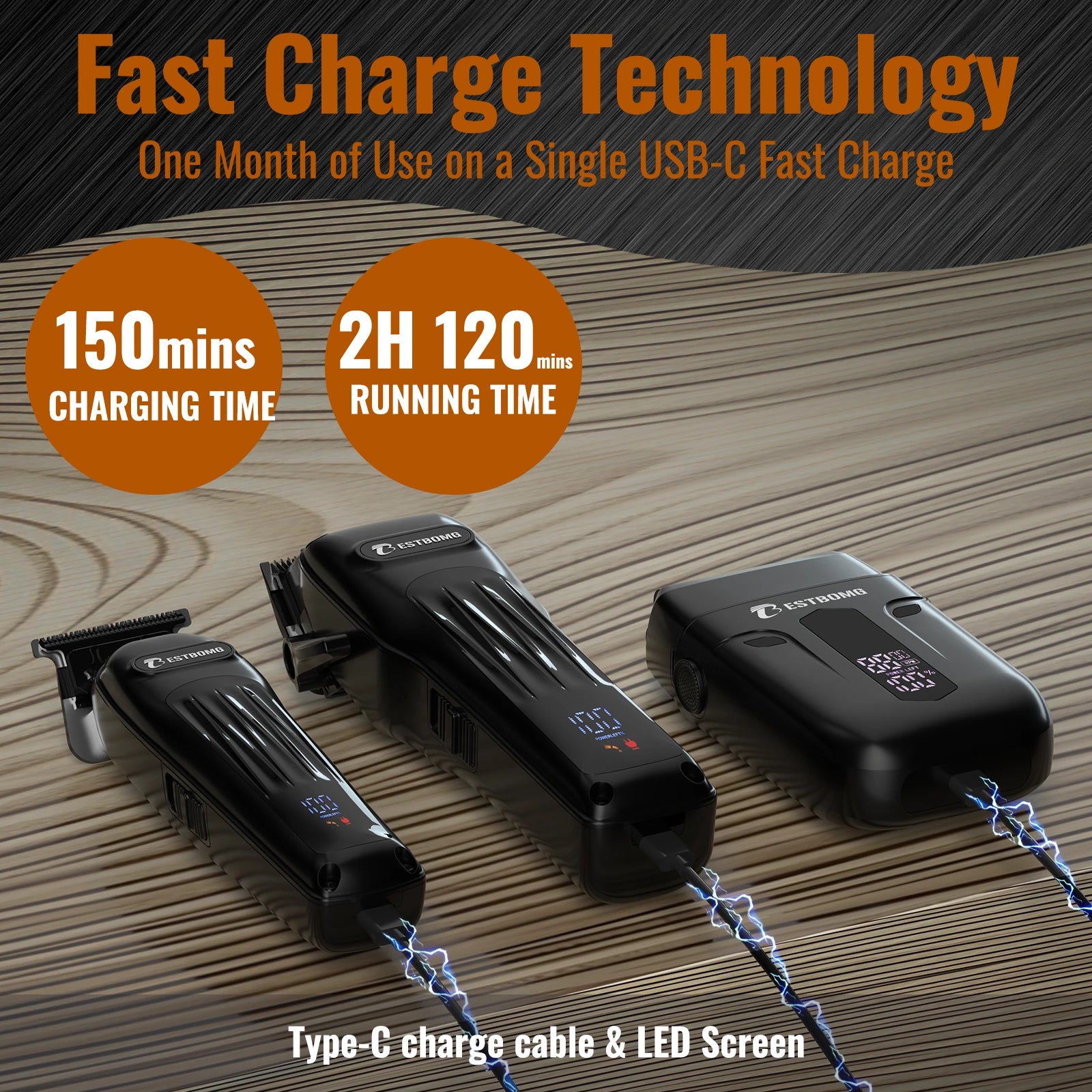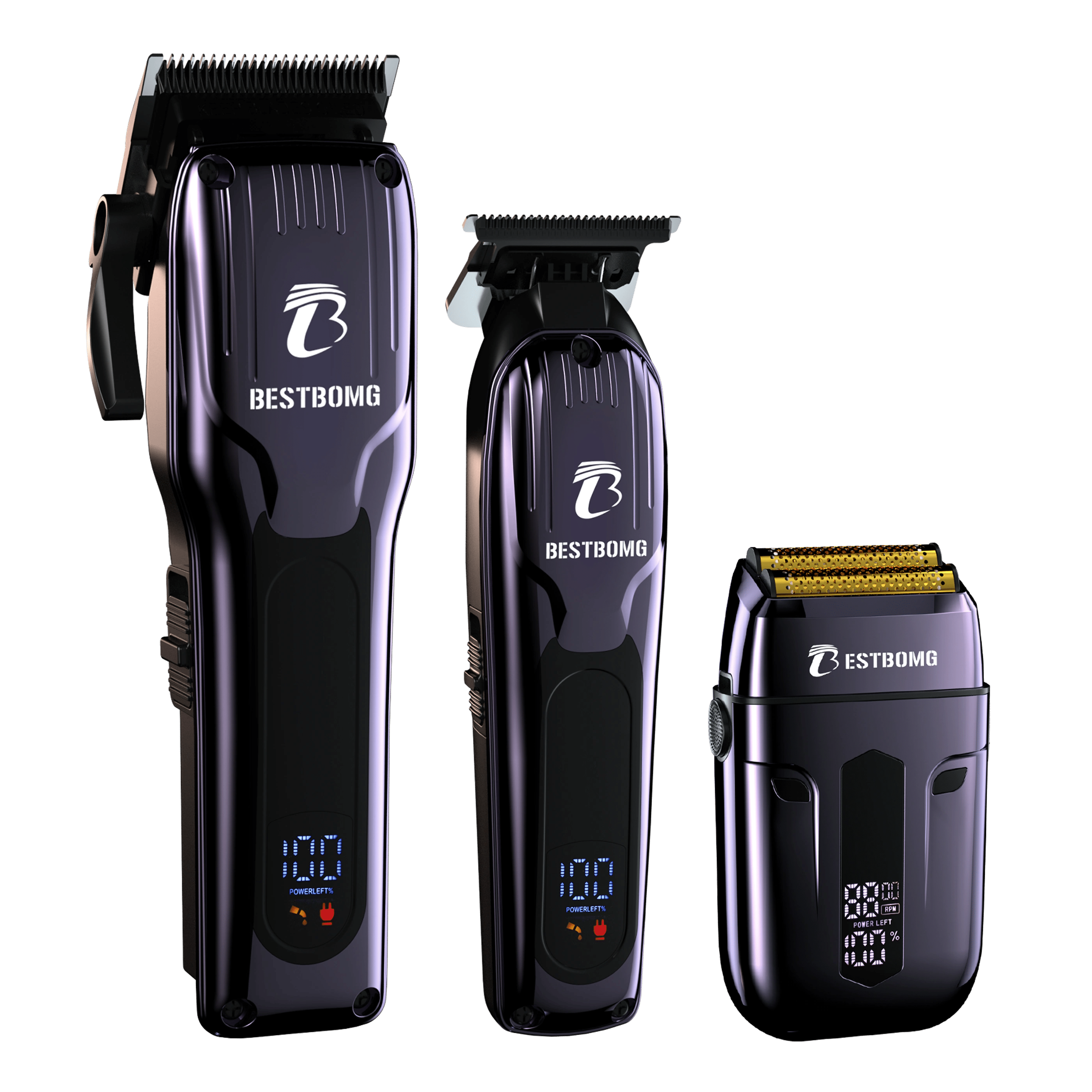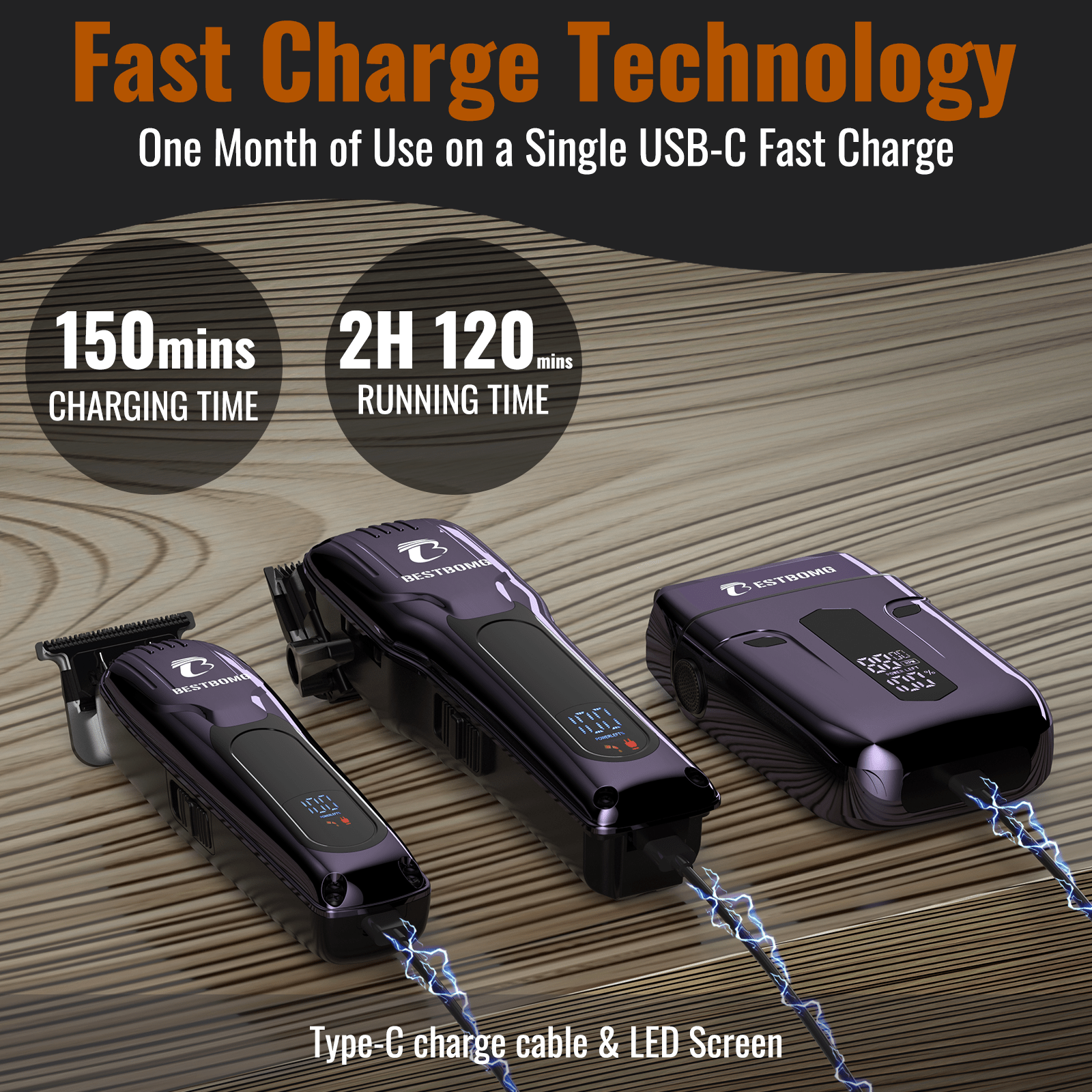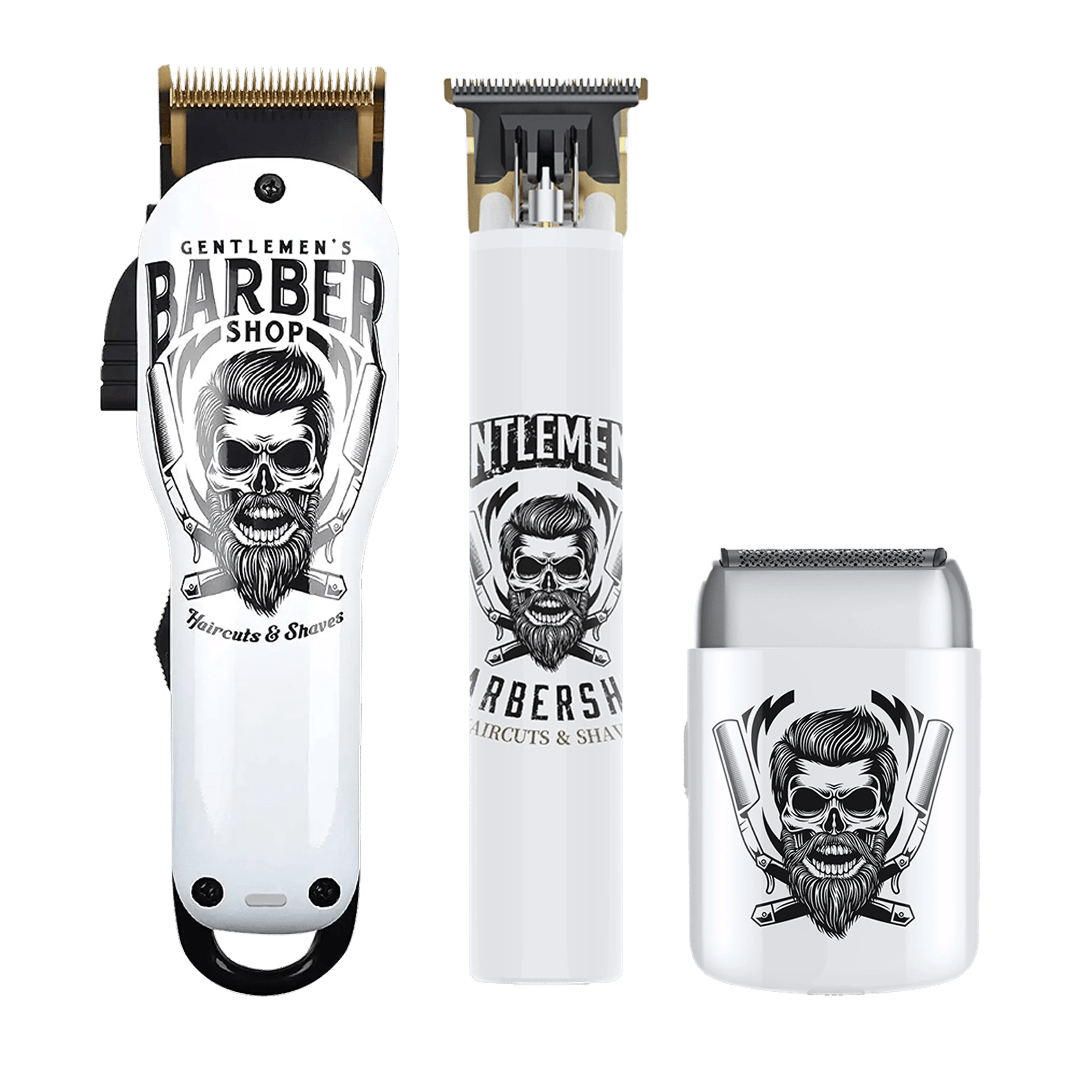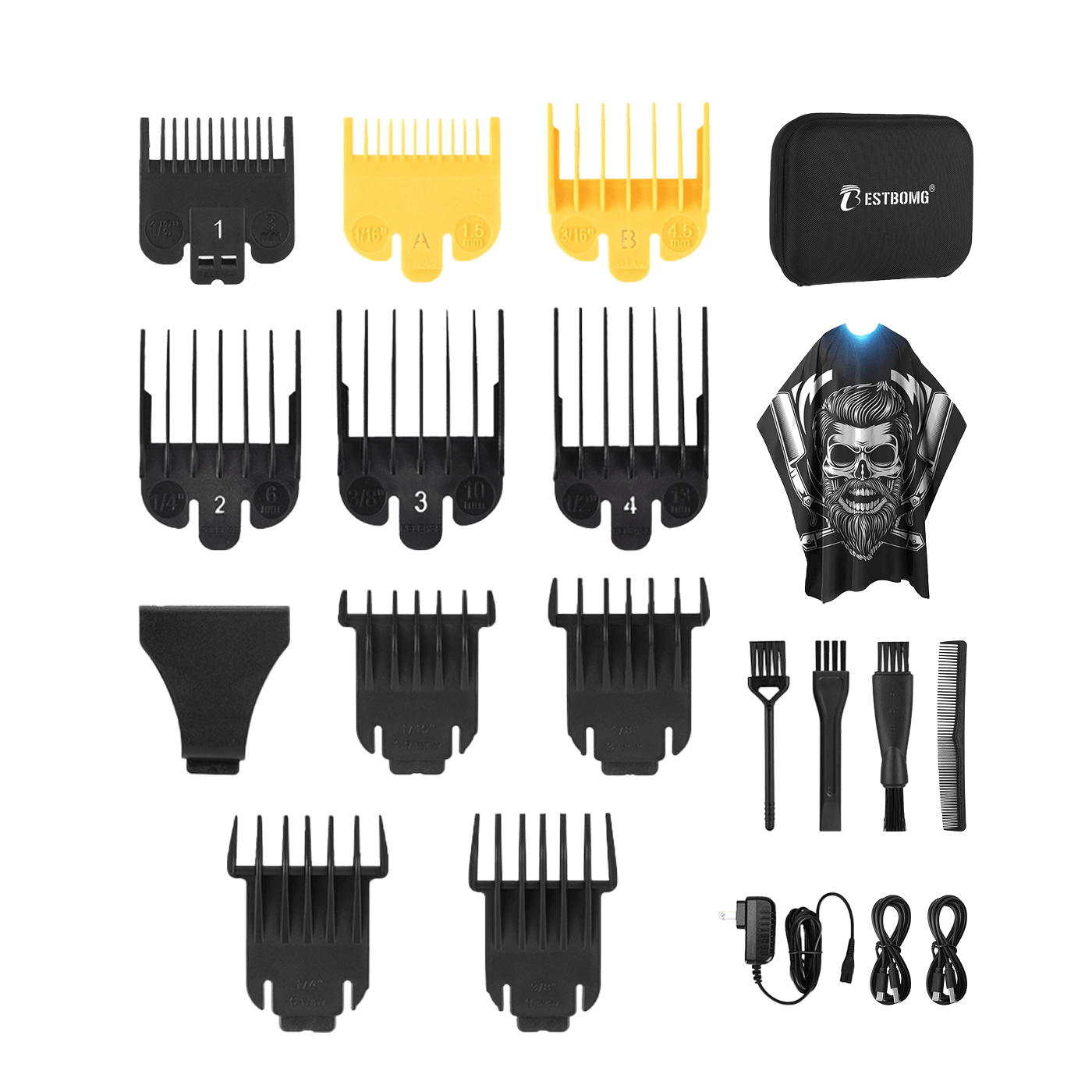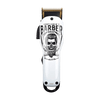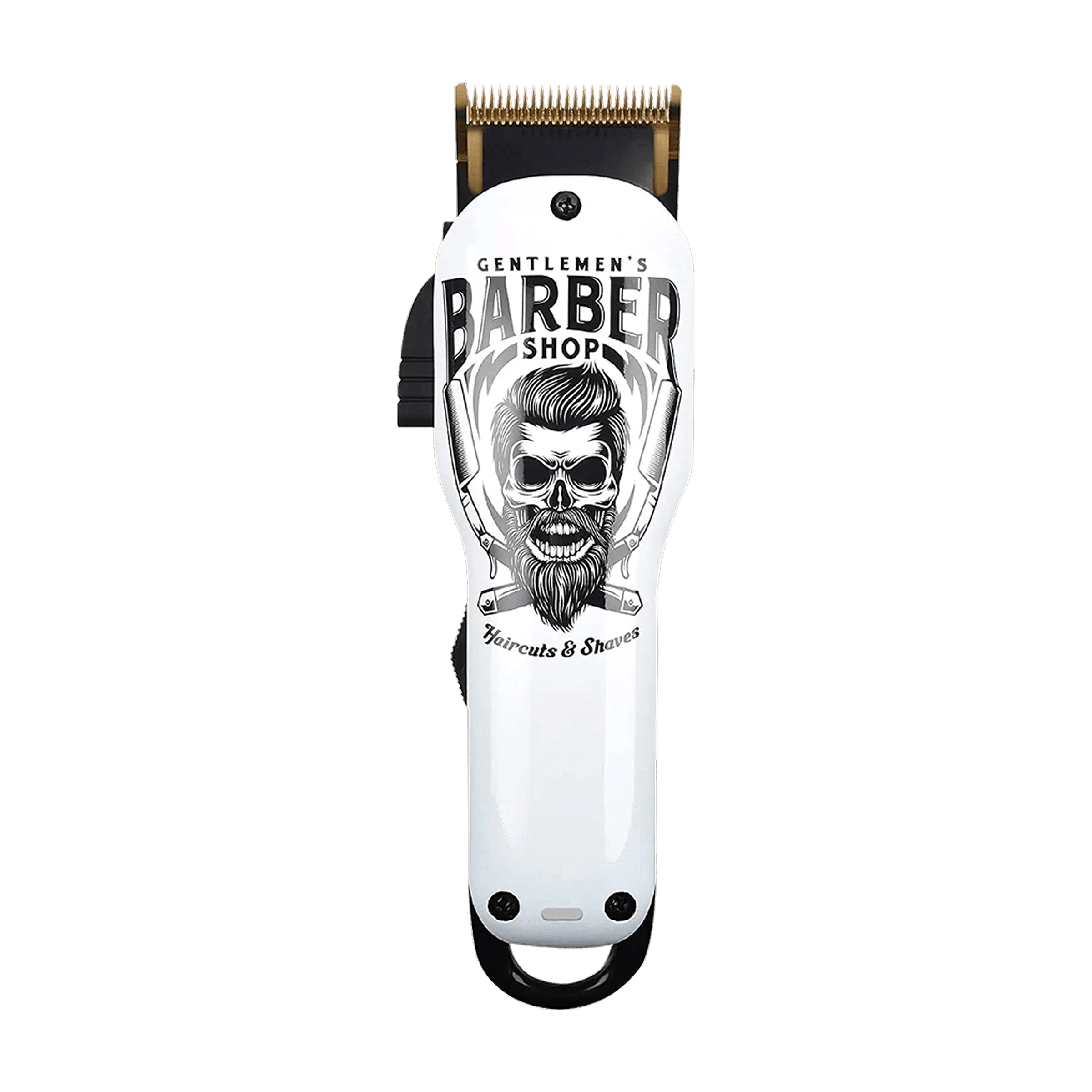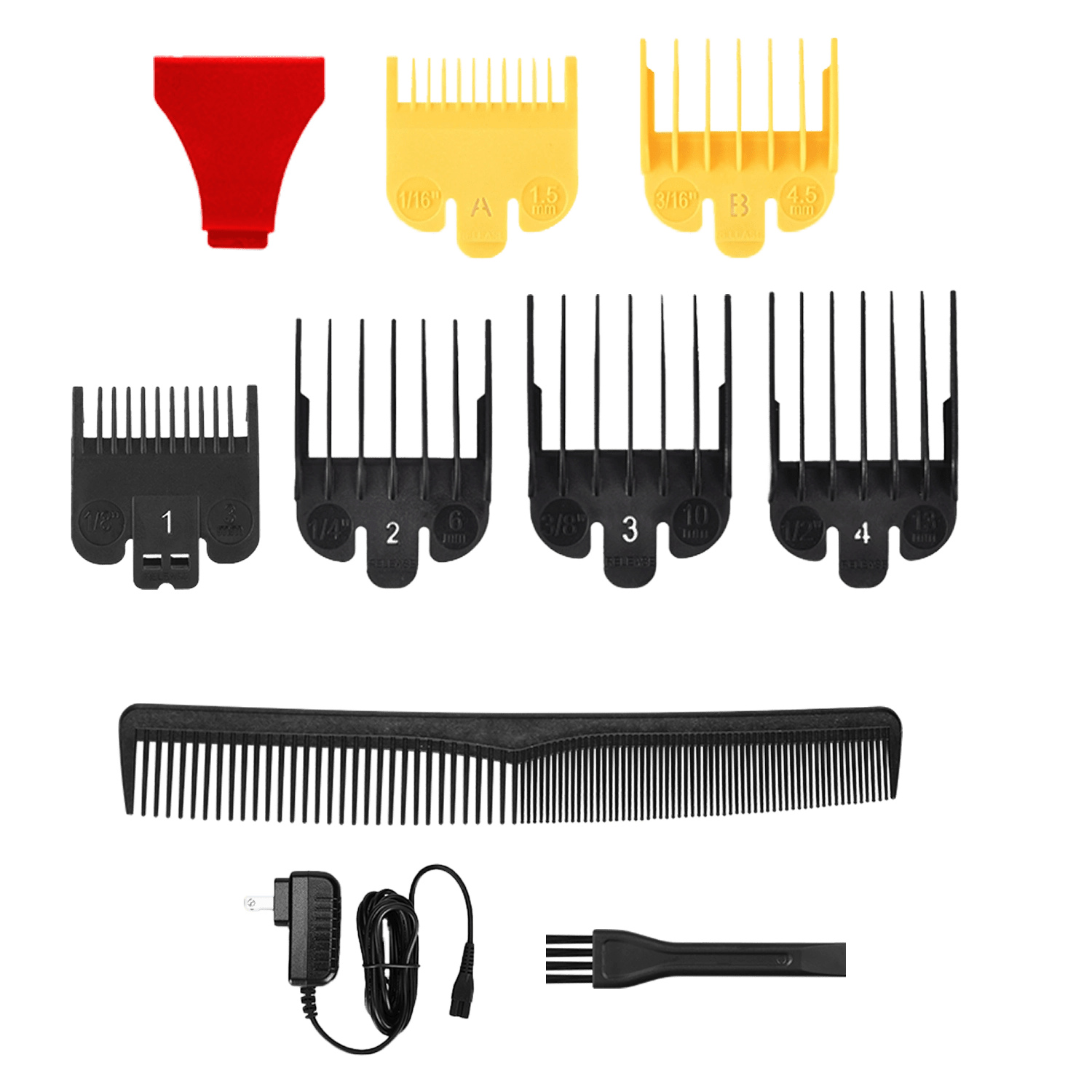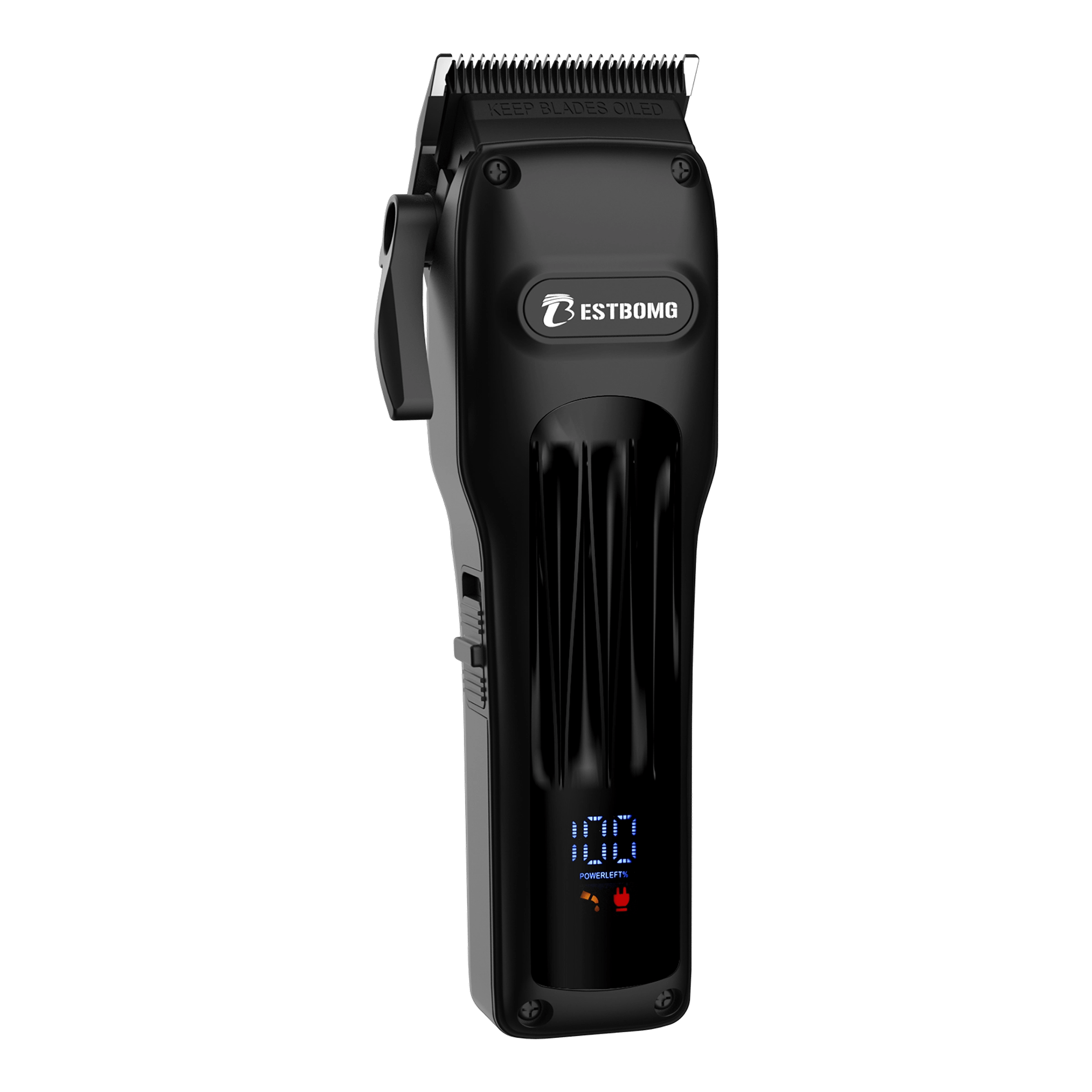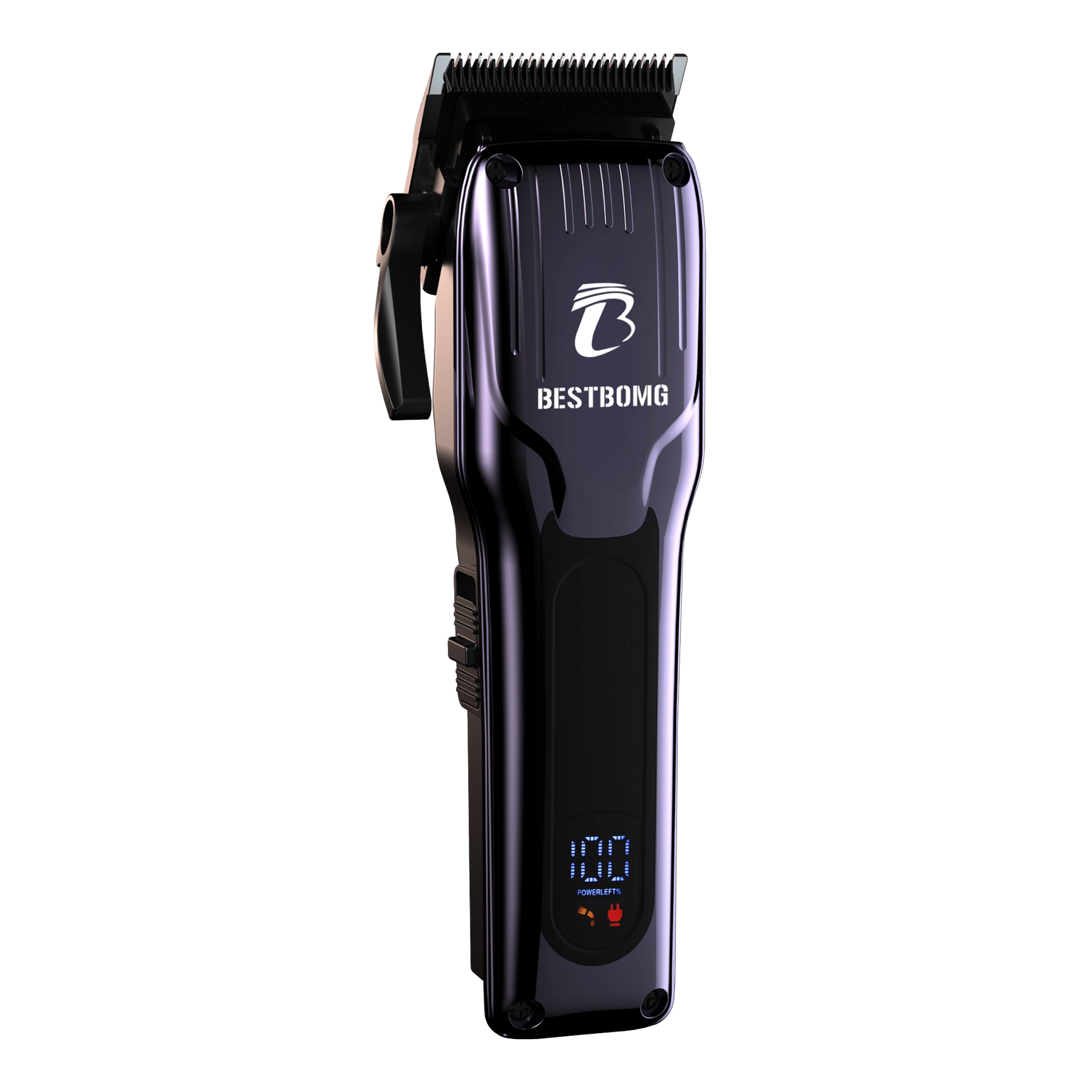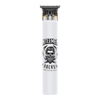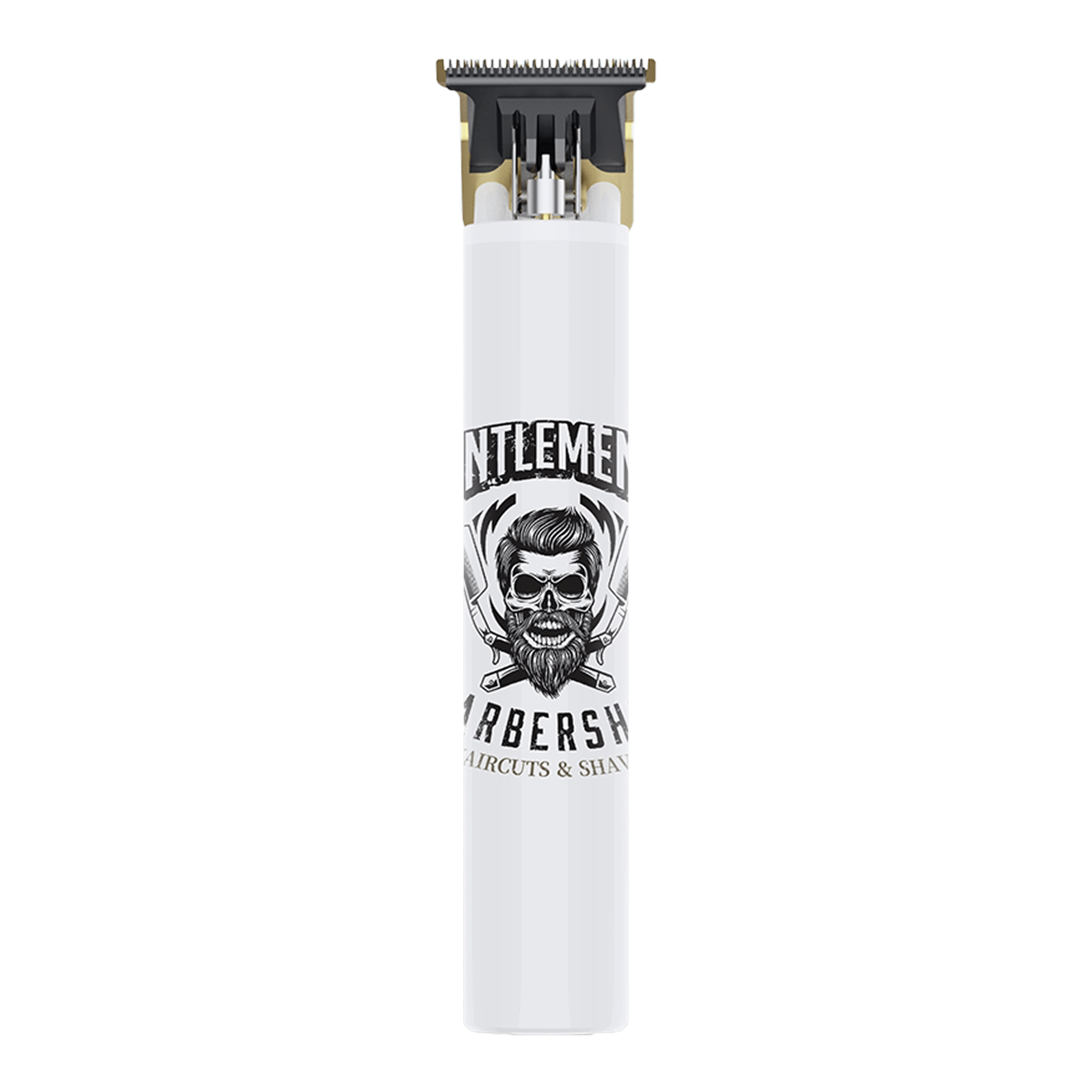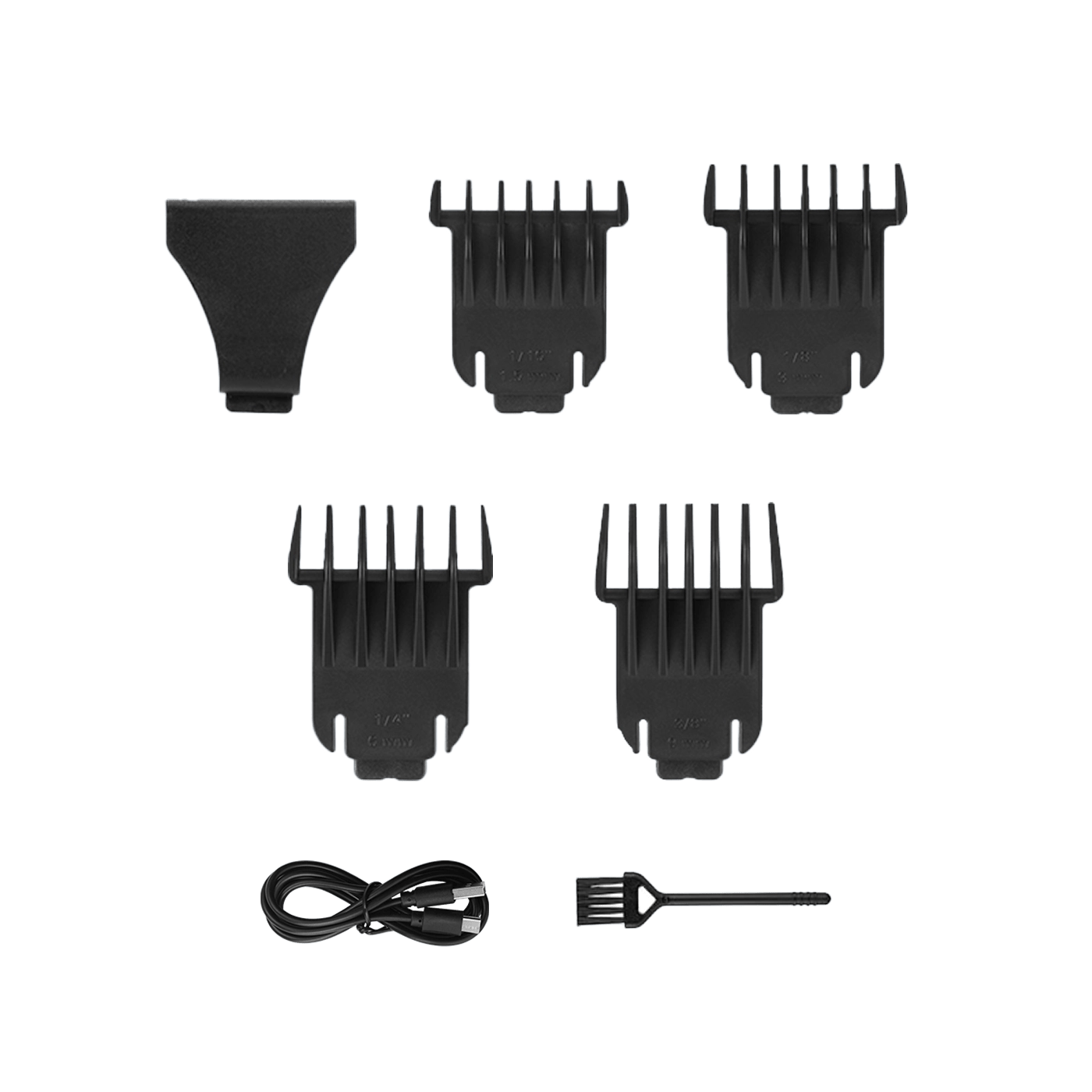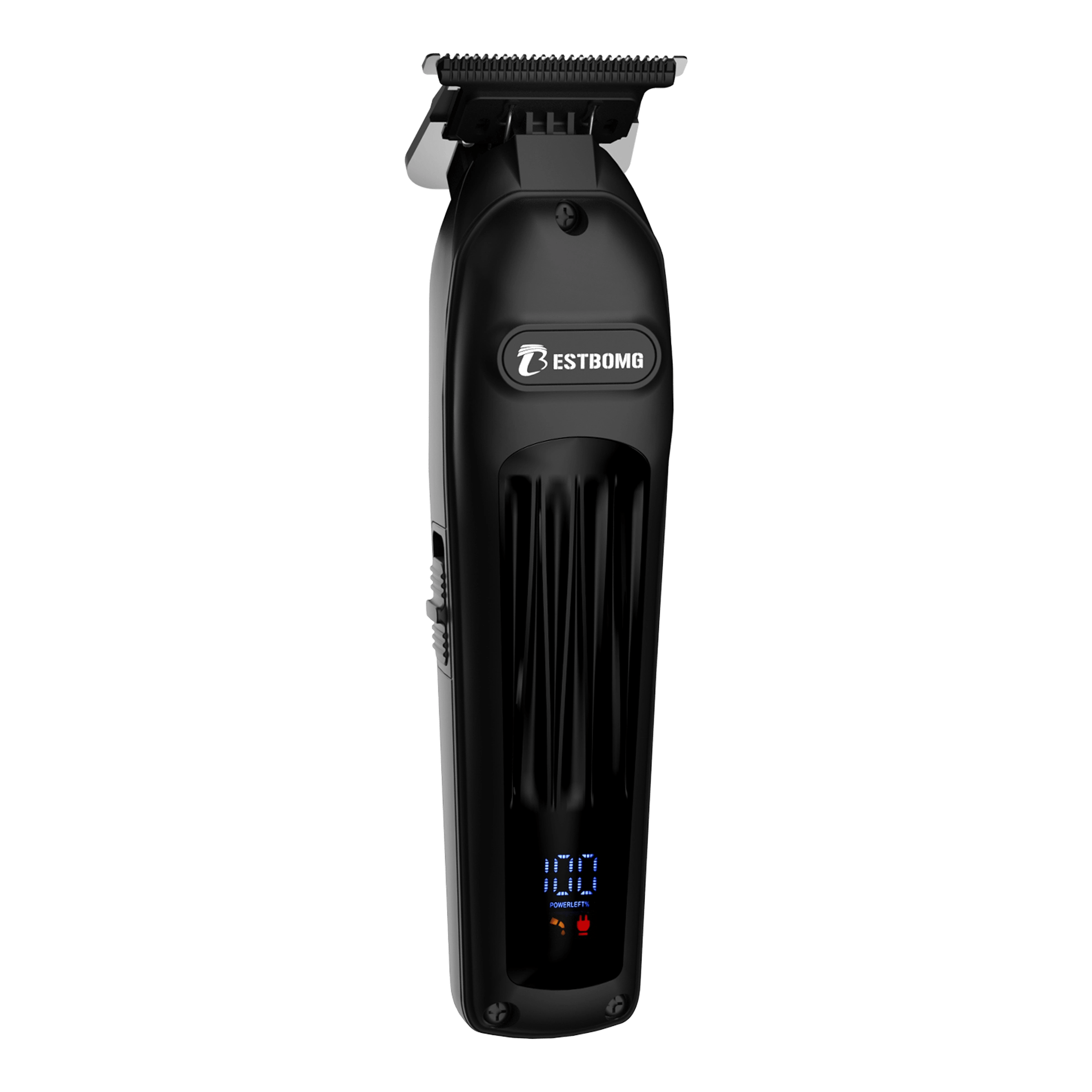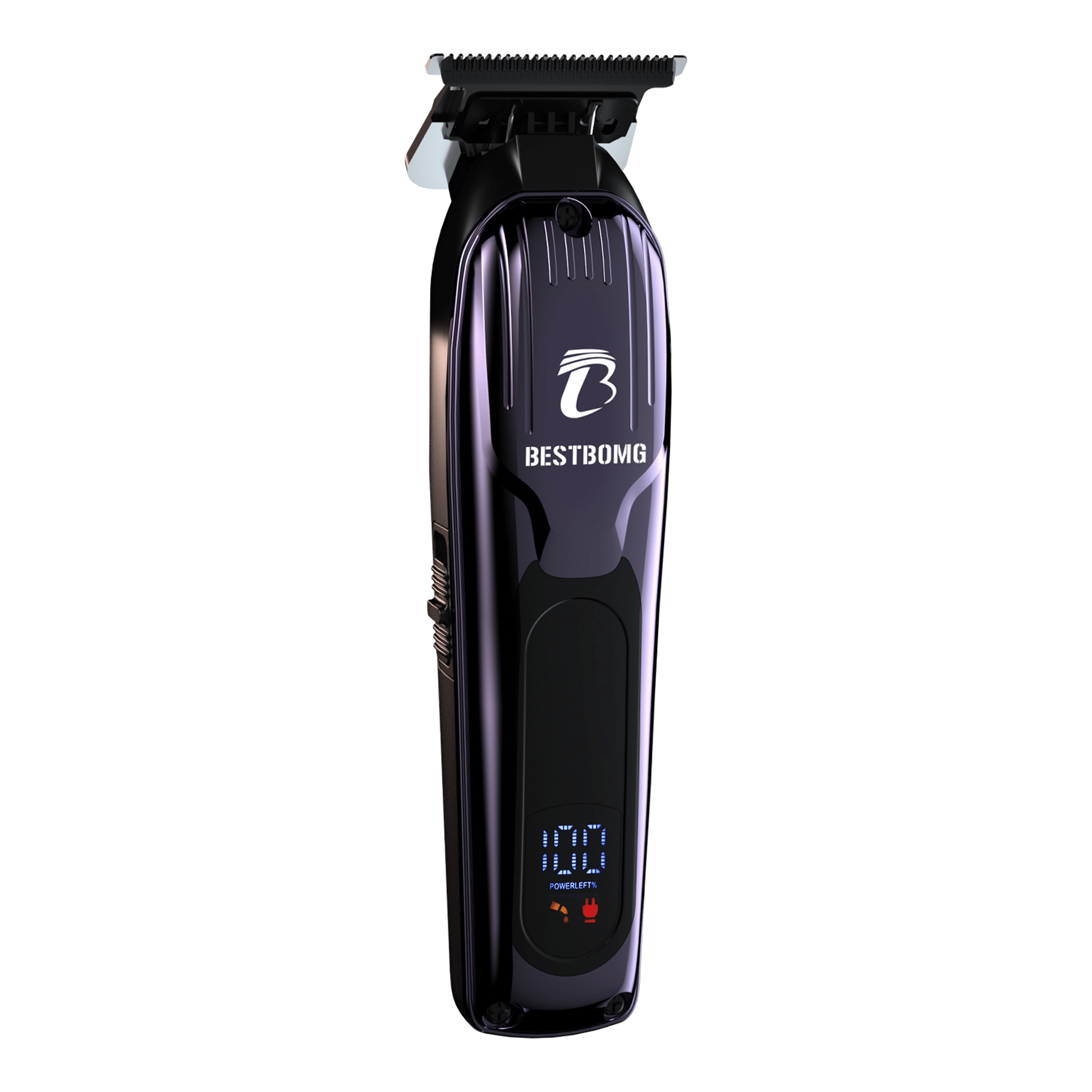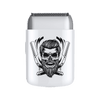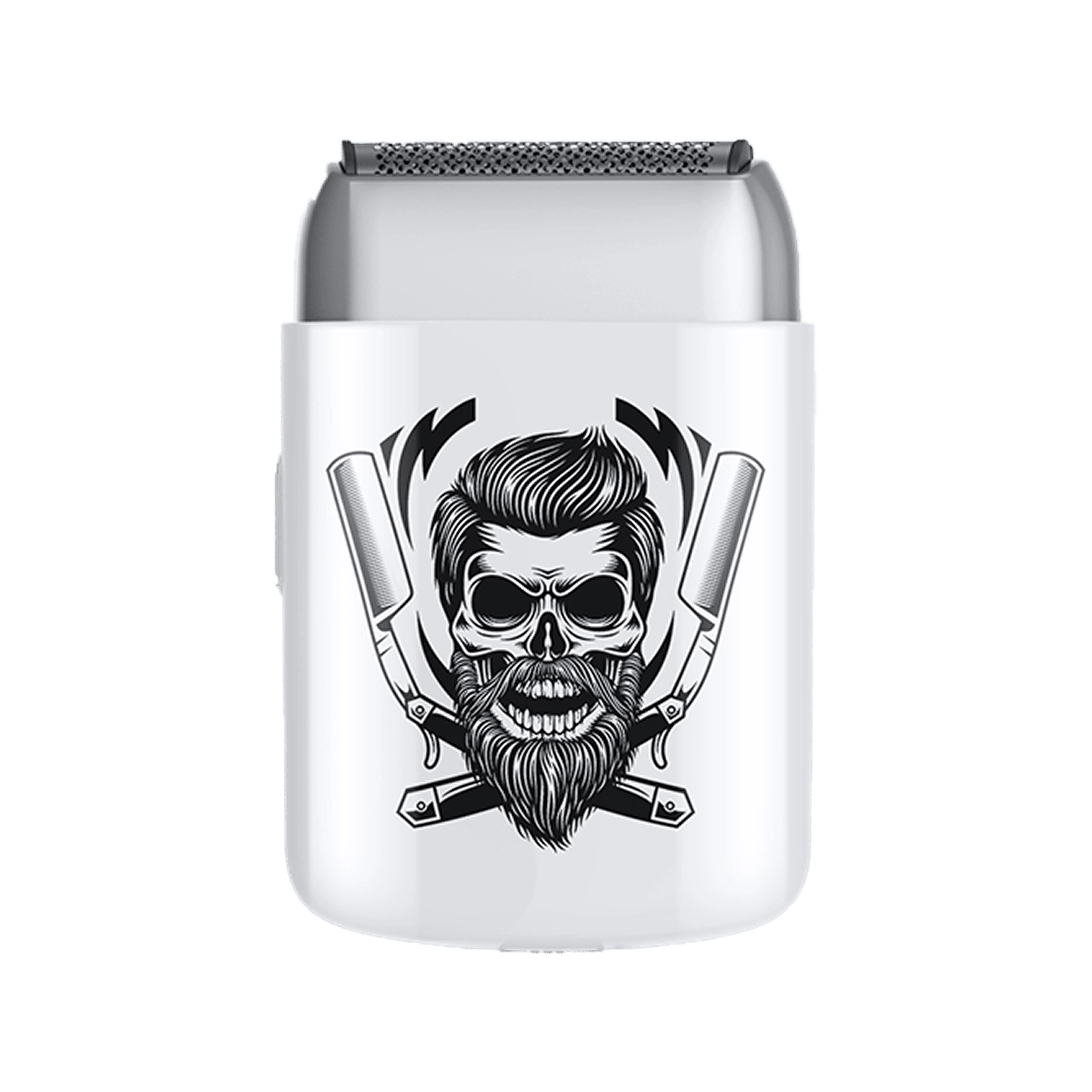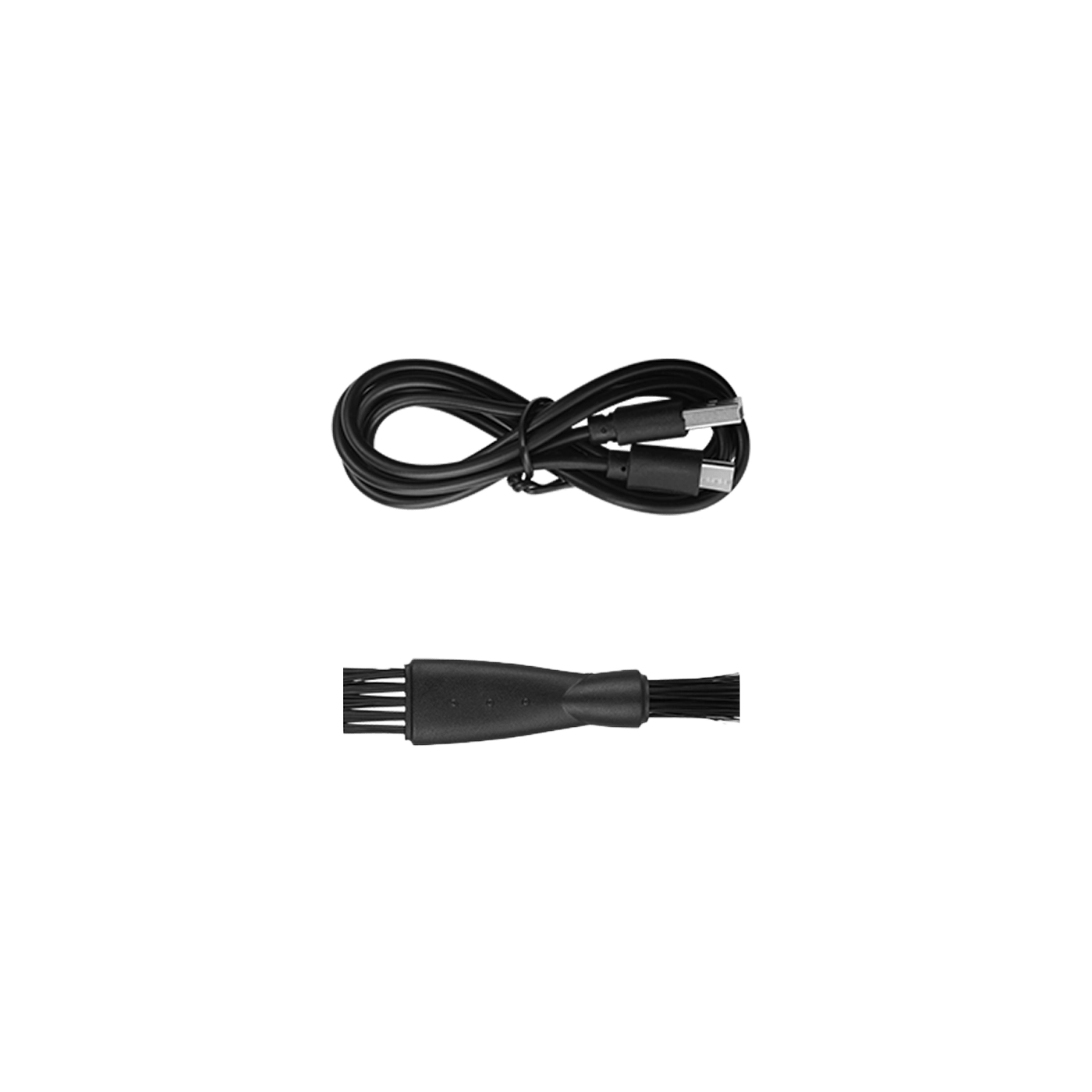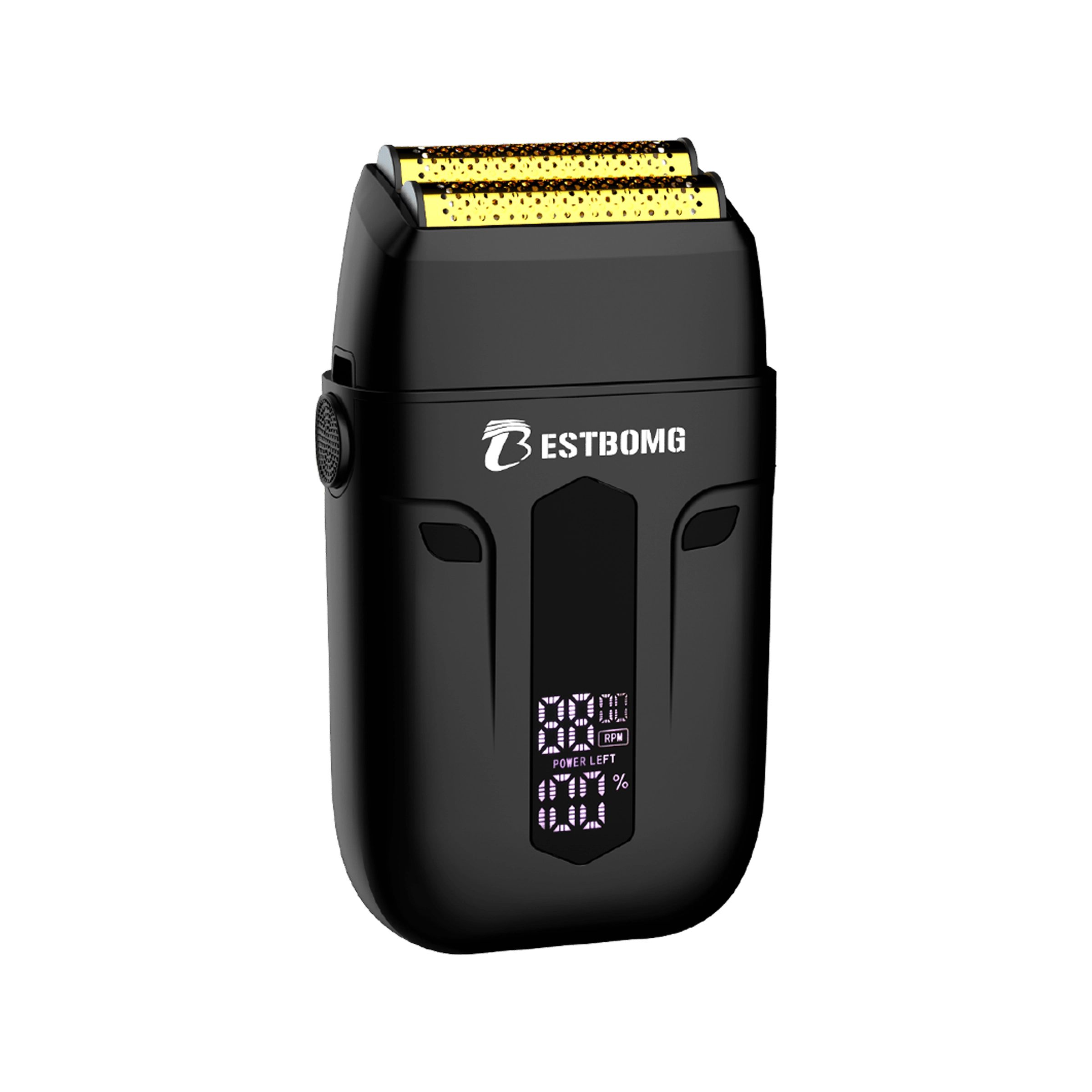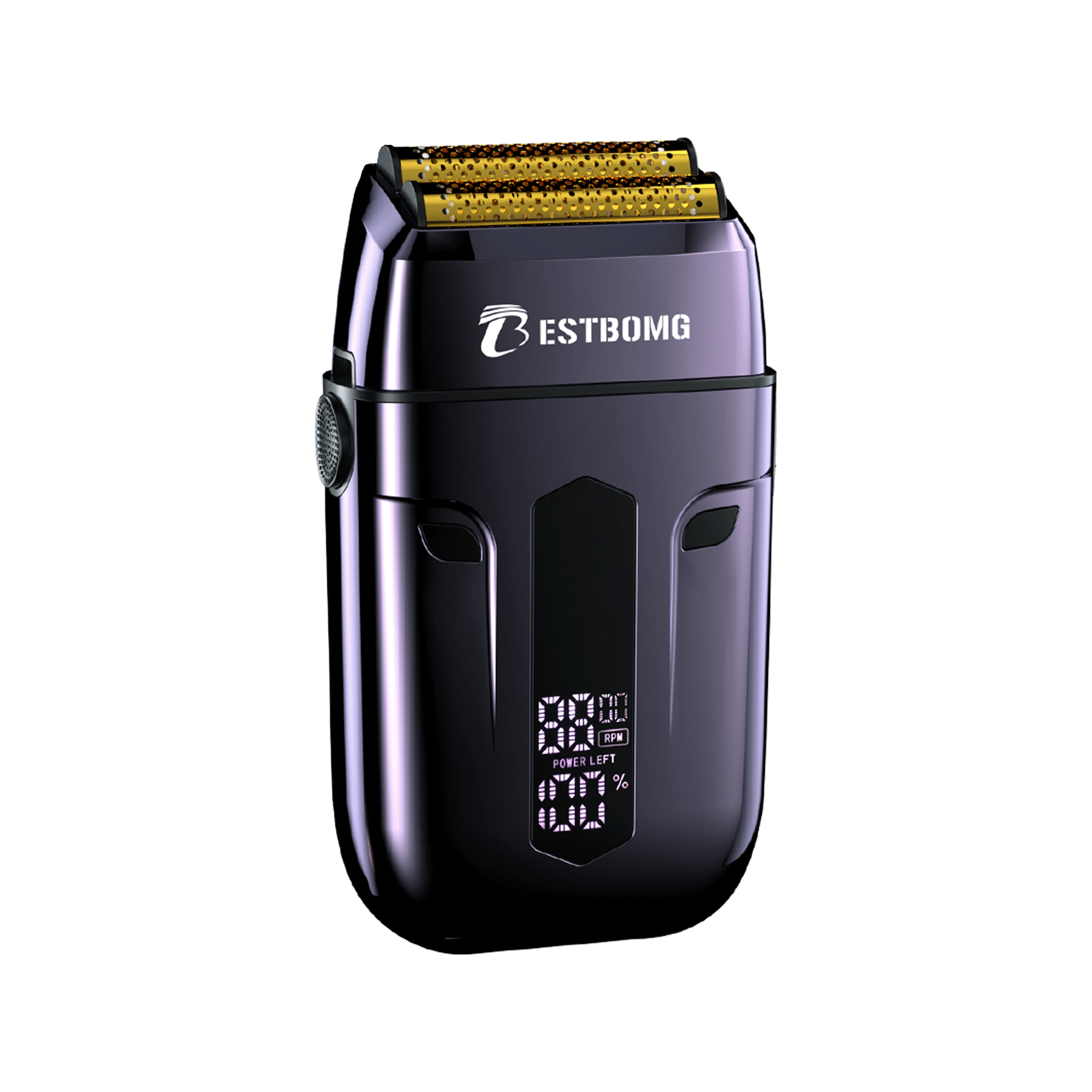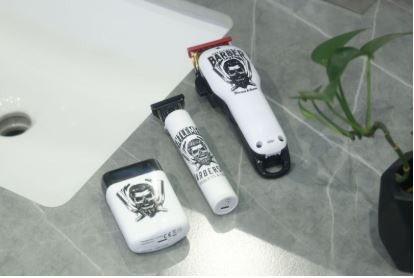If your clippers are tugging, leaving stragglers, or running hot, it’s time for a tune‑up. The good news: most “dull” clippers don’t need replacing—they need cleaning, alignment, oiling, and occasionally sharpening. This beginner‑friendly guide shows you how to sharpen clipper blades with sandpaper or a whetstone, when to send them out to a pro lapping service, and how to reassemble and align everything safely for a crisp, smooth cut.
Before you sharpen: rule out the easy fixes (often all you need)
Clean the blades and guards. Brush away hair, wipe the blade faces, and use a blade wash or alcohol on the metal parts (let them dry). This step alone often restores performance. Pro maintenance content from major clipper brands puts cleaning first for a reason.
Oil correctly. With the clipper off, place 3 small drops across the teeth and 1 drop on each back rail (the “5‑point” method), run the clipper 5–10 seconds, then wipe excess. Oiling reduces friction and heat—it doesn’t “sharpen,” but it can make a dull‑feeling blade cut like new if dryness was the issue.
Check alignment. Misaligned blades tug and can nick. For adjustable clippers, the moving (top) blade should sit 1/32–1/16 in (≈ 0.8–1.6 mm) behind the stationary (bottom) blade, parallel, with the leftmost top tooth over the first small tooth below (then tighten screws and recheck). Wahl’s alignment sheets show this clearly.
What “sharpening” really means for clipper blades
Clipper blades have flat contact faces (on the comb and cutter). Sharpening is essentially re‑flattening (lapping) those faces so they meet cleanly. You’re not trying to create a knife‑style bevel; you’re restoring flatness so the two pieces shear hair cleanly. Trusted tutorials emphasize laying the blade completely flat on the abrasive and using light, even strokes.
Pro shops use motorized lapping wheels (e.g., Nebraska Blades systems) plus specific compounds to achieve a uniform, slightly hollowed finish fast. If you cut a lot (multi‑client house or barbering), consider sending blades to a pro or the manufacturer’s service.
Method 1: Sharpen on wet/dry sandpaper (fast & inexpensive)

This is the most accessible at‑home method and a favorite of experienced DIYers.
You’ll need:
• Flat surface (a piece of glass or granite is ideal)
• 800–2000‑grit wet/dry sandpaper (start around 1000–1500, finish 2000)
• Small brush, microfiber cloth, blade oil, and a magnet or pliers (for safe handling)
Step‑by‑step
- Disassemble. Remove the blade set (note screw order). Brush hair out.
- Mount sandpaper on your flat surface (tape the corners).
- Lap the stationary blade first. Place its flat face on the paper. With gentle, even pressure, push forward in straight lines or a figure‑8—keep it perfectly flat. Do 8–12 passes on 1000–1500 grit until the surface looks uniformly bright.
- Repeat on the cutter blade. Same motion, same pass count.
- Refine on 2000‑grit (6–10 light passes) for a smoother finish. Community and pro demos often use 150–240 up to 1000–2000; the key is keeping the piece flat.
- Clean thoroughly. Wipe off grit, then a quick blade‑wash or alcohol wipe; dry fully.
- Very light oil on the faces to prevent flash rust before reassembly.
Don’t chase a “mirror” at the cost of flatness. Uniform scratch pattern and flat contact are more important than shine. Hands‑on guides consistently stress flat, gentle passes over angle‑holding tricks.
Method 2: Sharpen on a whetstone

If you already own stones (e.g., 1000/3000), you can sharpen clipper blades on them using the same flat‑lapping approach.
Steps (condensed):
- Soak/splash‑and‑go per your stone’s instructions.
- With the blade flat on the stone, make light, straight passes—about 8–12 on ~1000 grit, then a few on 3000.
-
Clean, dry, and oil lightly.
Tutorials that demonstrate whetstone sharpening for clipper blades all repeat the same tip: keep the blade flat—you are not “bevel sharpening.”
Method 3: When to go pro (lapping wheels & manufacturer service)

If your blades have chips, heavy wear, or you want the best possible finish, send them out:
- Pro lapping service (e.g., shops using Nebraska Blades machines) can re‑true faces precisely and fast. This is what many barbers use.
- Wahl Professional will sharpen/repair pro barber & stylist blades via service centers; they’ll coordinate shipping and fees. That’s the most reliable way to keep Wahl blades factory‑clean.
Special case: ceramic cutters
Ceramic clipper cutters are hard and typically require diamond abrasives. Don’t attempt to sharpen ceramic on standard aluminum‑oxide stones; use a diamond plate/stone or send to a pro who handles ceramics.
Reassembly & alignment (don’t skip)
After sharpening, correct alignment prevents nicks and tugging:
- Reassemble the small top (moving) blade on the drive finger, set the bottom (stationary) blade over it, and partially tighten the screws.
- With your taper lever fully closed, align so the top blade sits 1/32–1/16 in (≈ 0.8–1.6 mm) behind the bottom blade—parallel from left to right.
- Ensure the leftmost top tooth lines up over the first small lower tooth (as Wahl diagrams show). Tighten screws and recheck by toggling power on/off.
If you plan to zero‑gap trimmers for ultra‑close lines, do so cautiously—the moving blade must not protrude past the stationary blade or you risk cuts. Brand educators show careful “no‑overbite” setups for safety.
Oil, test, and fine‑tune
- Oil again using the 5‑point pattern (3 drops across teeth, one on each rail). Run 5–10 seconds and wipe excess.
- Test on hair (or faux‑fur/string if you keep it for testing). Pros sometimes use string/fur to simulate hair feed. If it chatters or drags, recheck alignment and try 2–3 more light lapping passes.
“Self‑sharpening” blades—do they eliminate sharpening?

Some modern clipper blades are marketed as self‑sharpening (precision‑ground teeth designed to maintain their edge as they run). That slows down dulling but doesn’t make them maintenance‑free—you still need cleaning, oiling, alignment, and occasional sharpening or replacement as wear accumulates.
How often should you sharpen?
- Home users: Once or twice a year is typical if you clean, align, and oil after every cut. Heavy coarse hair or frequent family cuts may need more frequent touch‑ups.
- Pros / high‑volume: Many barbers rotate multiple blade sets and send them for pro lapping regularly to ensure a consistent finish. Manufacturer service options (e.g., Wahl Pro) make this simple.
Common mistakes (and easy fixes)
- Not keeping the blade flat: Don’t “angle” the blade—lap flat on sandpaper/stone. The goal is flat contact faces that shear cleanly.
- Skipping alignment: Even a freshly sharpened blade will tug if the moving blade isn’t behind & parallel to the stationary blade. Recheck after tightening.
- Expecting oil to sharpen: Oil reduces friction and heat, which can feel “sharper,” but it doesn’t restore a worn edge. Still, correct oiling is essential for performance.
- Sharpening ceramic on regular stones: Use diamond or send to a pro.
- Over‑grinding: Take light passes and check frequently; removing too much steel shortens blade life and can ruin tooth geometry. Trusted tutorials recommend gentle pressure and modest pass counts.
Quick sharpening checklist (print‑worthy)
- Brush & clean blades and guards
- Oil (5‑point) and test
- Realign (top blade 1/32–1/16 in behind, parallel)
- Lap flat on 1000–1500 grit (8–12 passes)
- Refine on 2000 (6–10 passes)
- Clean, dry, light oil
- Reassemble, align, oil, test
- Ceramic? Use a diamond or send to a pro
-
Consider pro-lapping or manufacturer sharpening for best results
Sources & further reading
- BladeReviews — How to sharpen hair clipper blades on a stone (flat lapping guidance and pass counts).
- Wahl alignment sheets & manuals — Proper reassembly and alignment measurements (1/32–1/16 in setback; parallel).
- Marlo Beauty (pro maintenance) — 5‑point oiling method (3 drops across teeth + 2 on rails).
- Nebraska Blades / pro lapping — Common professional setup for clipper blade sharpening.
- Wahl Professional — Manufacturer sharpening/repair service info.
- Ceramic blades — Use diamond abrasives or pro service; examples/tools shown by Bonika.
Final word
If you remember C‑A‑O‑S—Clean, Align, Oil, Sharpen—your clipper blades will stay smooth and safe. Start with maintenance; sharpen only when needed; finish with careful alignment and a few drops of oil. Your cuts (and your clippers) will thank you.
Frequently Asked Questions
What do barbers use to sharpen their blades?
Most pros use motorized lapping systems (e.g., Nebraska Blades machines) with dedicated honing compounds to re‑true blade faces quickly and consistently. Many also rely on manufacturer sharpening services (e.g., Wahl Professional) for factory‑level results.
Does oiling clippers make them sharper?
Not exactly. Oiling reduces friction and heat so blades glide better; that often feels sharper. But oil doesn’t replace worn steel—you still need real sharpening if edges are rounded. Use the 5‑point oil method (3 drops across teeth, 1 drop on each rail).
Can I sharpen my Wahl clippers?
Yes. You can sharpen Wahl blades at home (sandpaper/whetstone), send blades to a professional sharpener, or use Wahl’s own service for sharpening/repair. If your unit is in warranty, check service options first.
How to sharpen hair clippers with sandpaper?
Disassemble, clean, and lap flat on 1000–1500‑grit wet/dry sandpaper taped to a glass/stone surface (8–12 passes), refine on 2000‑grit, clean, reassemble, align, and oil. Keep strokes light and flat—don’t tilt the blade.
How to sharpen clipper blades (general)?
After cleaning and oiling, if cutting is still rough: sharpen via sandpaper or whetstone (flat lapping), or use a pro lapping service. Reassemble and align with the top blade 1/32–1/16 in behind the bottom blade; oil before cutting.
Læs mere
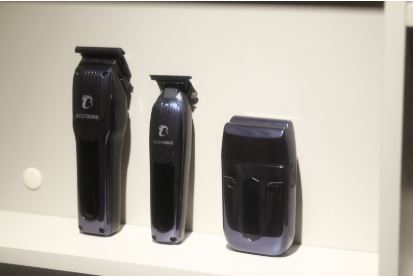
Can You Use Clippers to Shave Pubic Hair? Safe Grooming Guide
Short answer: You can safely use clippers to trim pubic hair (reduce length) as long as you use guards, keep skin taut, and go slowly. For a truly bare, skin‑close shave, use a body‑rated trimmer o...
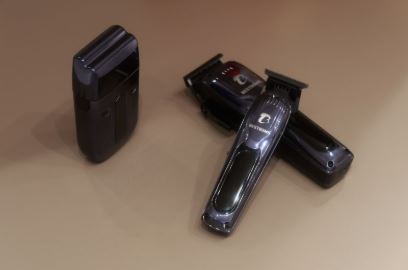
How to Cut Hair with Clippers for Beginners: Step-by-Step Guide
First time cutting hair with clippers? You’ve got this. With a simple plan—start longer, work the sides and back first, blend with the taper lever, and keep hair clean and dry—you can get a neat re...
